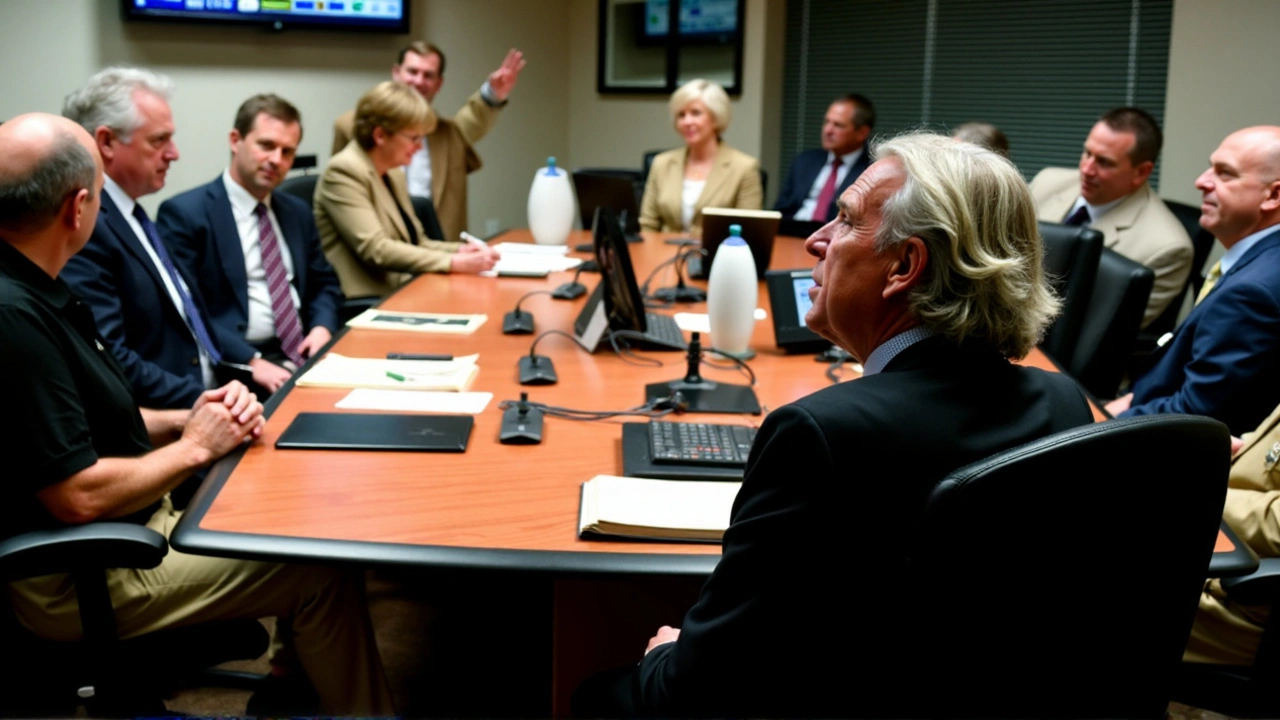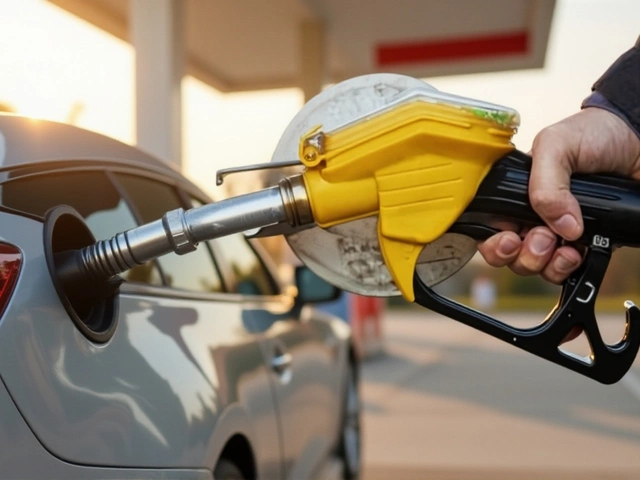Hurricane Helene: track, warnings and how to prepare
Where is Hurricane Helene right now, and should you worry? This tag page pulls together clear, practical updates and safety steps so you can act fast. You’ll find how to follow official forecasts, what hazards to expect, and a short checklist to get ready—especially useful for coastal communities, mariners, and rescue teams.
Current track, warnings and what to watch
Follow official bulletins first: the National Hurricane Center (NHC) for Atlantic storms and your national meteorological service for local impact. Pay attention to watch and warning areas, expected landfall windows, and changes in storm category. Helene can bring strong winds, heavy rain, coastal flooding and dangerous surf. Flooding and flash floods often cause the most damage—so watch river levels and urban drainage warnings.
Check updates frequently. Storm tracks change, sometimes fast. Use NHC advisories, satellite images, and official local alerts. If you live on an island, near a bay, or on low-lying coastlines, expect higher risk from storm surge and prolonged heavy rain.
Practical prep checklist
Don’t wait until the last hour. Use this quick checklist to protect people and property:
- Create an evacuation plan and know your nearest safe shelter.
- Assemble an emergency kit: water (3 days), non-perishable food, flashlight, batteries, first-aid, necessary medicines, power bank, and copies of IDs.
- Secure outdoor items, trim trees, and check roof and gutters to reduce wind and flood damage.
- Charge phones and backup power. Keep fuel for vehicles and generators if safe to store.
- Move vehicles to higher ground and protect critical documents in waterproof bags.
- If you work at sea, follow maritime notices and alter routes to avoid the storm cone.
If officials order evacuation, leave promptly. If you shelter at home, pick an interior room without windows and stay informed by radio or mobile alerts.
Why does this matter for Africa and nearby regions? Even when a storm doesn’t hit land directly, Helene can change rainfall patterns, swell the ocean, and affect shipping lanes. West African ports, island communities, and Atlantic shipping should monitor updates closely for delays and safety advisories.
For the latest reliable info, rely on regional weather services, NHC advisories, and local emergency management. Social media can be useful for on-the-ground photos and reports, but confirm anything life-or-death with official sources first.
Want alerts without checking constantly? Sign up for local SMS alerts where available, enable emergency notifications on your phone, and follow trusted agencies on social feeds. Keep this tag bookmarked—when new articles and updates about Hurricane Helene appear here, you’ll find concise, practical coverage to help you stay safe and informed.
Governor Henry McMaster has declared a state of emergency in South Carolina in anticipation of Hurricane Helene. The storm is expected to bring tropical-storm-force winds, hazardous flooding, and storm surges, particularly affecting the Lowcountry coastline. Residents are urged to take precautions and stay informed.
Recent-posts
Sep, 22 2024






